Vodafone Start First European Trials of OpenRAN in the UK
After several years of development Vodafone has announced that it will trial ‘Open Radio Access Network‘ (OpenRAN) technology in rural parts of the UK for the first time, which essentially enables mobile operators to cut the cost of building 3G, 4G or 5G networks by standardising the design and functionality of the hardware and software.
At present if an operator wants to buy telecoms equipment then they can often only pick from a small handful of big companies, while the OpenRAN approach aims to increase the number of companies that can supply different components through general-purpose vendor-neutral hardware and software-defined technology (this specifically applies to the RAN side of things – infrastructure, masts and antennae).
OpenRAN was created within the Telecom Infra Project (TIP) industry association and is partly based on the work they did to develop a small cell technology for cities called Open CrowdCell (currently being used in Spain and Turkey). Small cells like this have a shorter range than masts and antennae, but uses standardised hardware for which a range of suppliers can develop software applications.
Advertisement
Vodafone believes that the new approach could thus “help address some of the cost challenges that are holding back the delivery of internet services to rural communities” (mobile broadband) and remote places across the world.

The operator has now “initiated the first European trials” of OpenRAN in the UK and may extend to more of its markets on the continent, although they haven’t provided much information on the 120 rural locations where it will be used. We note that the technology has also been deployed in Turkey to deliver 2G and 4G services to customers in both urban and rural parts of the country.
Nick Read, CEO of Vodafone Group, said:
“We are pleased with trials of OpenRAN and are ready to fast track it into Europe as we seek to actively expand our vendor ecosystem. OpenRAN improves the network economics enabling us to reach more people in rural communities and that supports our goal to build digital societies in which no-one is left behind.”
The operator has started working with a number of new vendors supplying OpenRAN technology including US companies, Parallel Wireless and Mavenir, and UK-based Lime Microsystems for Open CrowdCell. However consumers probably shouldn’t be expecting any cost improvements to filter down to price cuts, not least since part of the aim here is to make the cost model for deploying into remote areas more viable.
Advertisement
Likewise operators also have to balance any advantages against the rising cost of needing to own more spectrum for 5G etc.
Mark is a professional technology writer, IT consultant and computer engineer from Dorset (England), he also founded ISPreview in 1999 and enjoys analysing the latest telecoms and broadband developments. Find me on X (Twitter), Mastodon, Facebook, BlueSky, Threads.net and Linkedin.
« New Openreach Trials Bring Full Fibre to Rural UK Villages


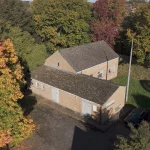
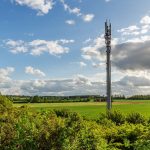

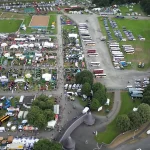

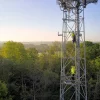
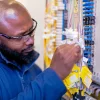







































Comments are closed